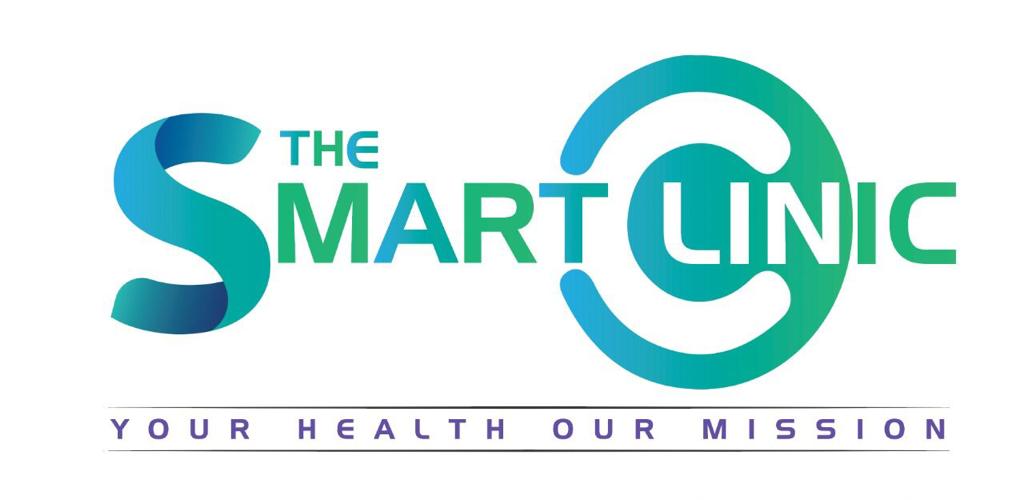Stimulant Use Disorder
Stimulant use disorder is a type of substance use disorder that involves the non-medical use of stimulants.the continued use of amphetamine-type substances, cocaine, or other stimulants leads to clinically significant impairment or distress, from mild to severe.
Based on DSM 5 (2013), SUD is a single diagnosis, with severity determined by the number of symptoms present.
SUD Symptoms:
– Loss of control
– Risky use
– Social problems
– Drug effects
Stimulant Use Disorder:
Substance use disorder involves any of the classes of drugs that include cocaine, methamphetamine and prescription stimulants. Higher addiction levels affect the central nervous system and are more potent.
Highly addictive, affects the central nervous system, more potent, longer lasting effects
– Initial outcomes (euphoria, an increase in energy, attention, wakefulness, self-confidence and sexuality, a decrease in appetite)
– – Risks of infectious diseases such as HIV and Hepatitis B and C (risky sexual behaviour, unsafe injection practices)
– A long-term misuse of MA may cause many problems, including weight loss, tooth problems (bruxism, dry mouth, poor oral hygiene), and sexual dysfunction.
– Weight loss – Severe dental problem (due to bruxism, dry mouth, poor oral hygiene)
– Cognitive problems/
– Psychosis, violent behaviour
– OD: hyperthermia, convulsions, arrhythmia, stroke, death
– In the 1980s, MA use increased due to production in clandestine labs. In 2005, Congress passed the Combat Methamphetamine Epidemic Act, regulating the precursor chemicals (ephedrine and pseudoephedrine) used in the production of MA. How much of the US MA supply is from the outside.
Cocaine
- – Cocaine is plant-based.
- – Cocaine preparations vary in potency (e.g. coca leaves, coca paste, cocaine hydrochloride, and cocaine alkaloids such as freebase and crack)
- – Is used as an anesthetic in ENT surgeries and to limit bleeding. .
- – Similar desirable effect as MA (increase in energy and sexuality, decrease in appetite and euphoria)
- – Risk of cardiac problems such as MI and arrhythmia
- – OD: seizures, cardiac arrhythmias, respiratory failures, stroke
Common Forms:
- – Salt (most commonly hydrochloride salt)
- – Base form (not neutralized by an acid to make salt)
Prescription Stimulants
- -Prescription stimulants include medications such as amphetamine and dextroamphetamine (Adderall and Dexedrine) and methylphenidate (Ritalin, Concerta).
- – The DEA categorized amphetamines as a Schedule II substance with a high potential for abuse. They are now accepted for medical use
- – Treatment of ADHD, narcolepsy and obesity.
- – Can be misused and result in stimulant use disorder; in some cases, individuals begin stimulant use to control weight or improve performance in school, work, or athletics.
Epidemiology
- – Stimulants, including MA, are the world’s second most used illicit drug class. .
- – An estimated 1.1 million people aged >12 had methamphetamine use disorder in 2018, up from 684,000 in 2016. (SAMSHA, 2018 NSDUH)
- – Regional variability: highest in the western and midwestern regions
- – In 2018, 977,000 people aged >12 had a cocaine use disorder up from 867,000 in 2016. (SAMSHA)
- – An estimated 561,000 people aged >12 had a prescription stimulant use disorder similar in the past year. (SASHA)
- – Between 2012 to 2018, OD deaths involving cocaine increased threefold, and those involving stimulants, including MA, increased fivefold. (CDC)


